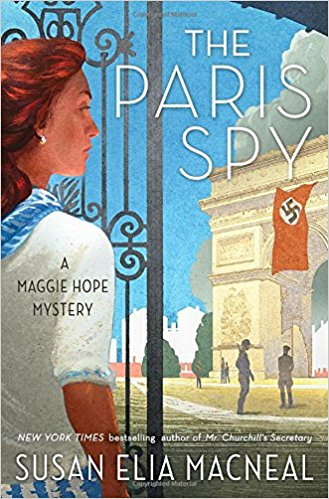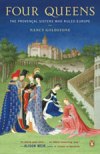Today (July 13) in 1798, William Wordsworth visited the scenic ruins of Tintern Abbey, on the banks of the River Wye, and was famously struck. The poet, on a walking tour of Wales with his sister Dorothy, spent the rest of the trail ruminating and conjuring the “Lines Composed a Few Miles Above Tintern Abbey” in his head. Indeed, he was just finishing the last 20 lines as he walked down the hill into Bristol, some four or five days later. Wordsworth immediately sat down and wrote out the 1,200 words. The poem was then rushed to the printer so that it could be included in the Lyrical Ballads, his collaboration with Samuel Taylor Coleridge, which became a seminal oeuvre of the Romantic movement.
It’s amazing to think that “Tintern Abbey” was such a last-minute addition, considering that it has become the most celebrated poem in the collection. Well, tied perhaps with Coleridge’s “Rime of the Ancient Mariner,” but certainly one of the most renown and influential examples of Romantic Poetry.
This was Wordsworth’s second visit to Tintern Abbey, as he had been there five years earlier. The beauty of the ruins and of the Welsh countryside spurred him to reflect on how much his life and his perceptions had changed. These “gleams of half-extinguished thought” on the natural sublime and on the transience of time continue to resonate. From Alfred Lord Tennyson’s “Tears, Idle Tears” to Allen Ginsberg’s “Wales Visitation,” poets have followed Wordsworth’s words and his footsteps to Tintern Abbey. Ginsberg was reportedly also fueled by LSD during his visit, but he was a Beat Poet after all.
One of the most beautiful and haunting replies is Matthew Arnold’s“The Buried Life,” in which he pointedly writes of “an unspeakable desire after the knowledge of our buried life … a longing to inquire into the mystery of this heart which beats so wild, so deep in us.”
Also inspired by Wordsworth, the painter J.M.W. Turner did a series of stirring landscapes of Tintern Abbey, many of which are on view at The Tate and The British Museum, both in London. Still more than 200 years later, one of the most intimate ways to experience the beauty and the allure of Tintern Abbey is via Wordsworth’s reflection on “the still, sad music of humanity.”
Lines Composed a Few Miles Above Tintern Abbey
Allen Ginsberg Reads “Wales Visitation”
William Wordsworth: Bio, Articles, and Poems at The Poetry Foundation
Check Out WordHits on Facebook






